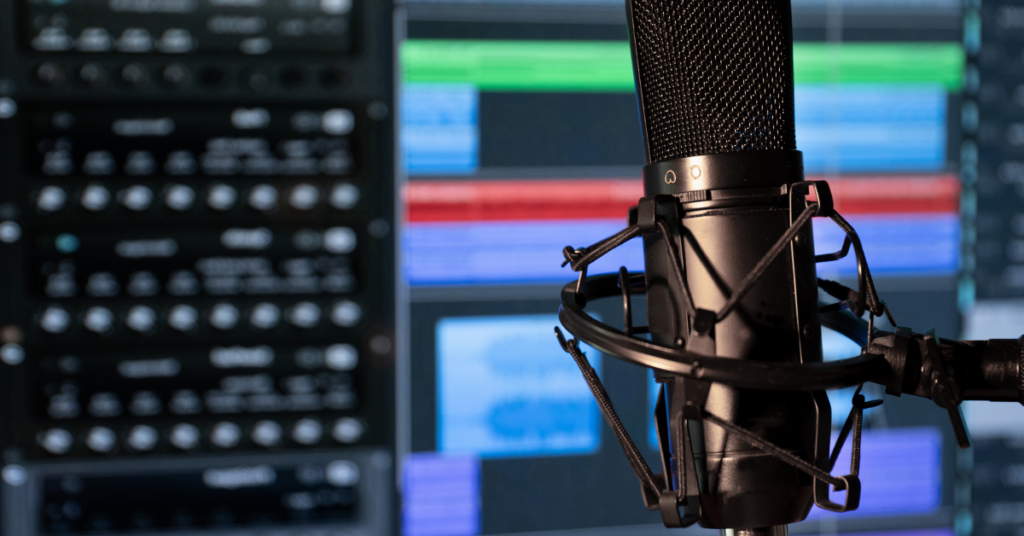
The world of podcasting has expanded beyond belief, becoming a diverse and dynamic method through which people can share new stories with the world. Podcasting is relatively accessible, with basic equipment, editing programs, and hosting software being a small but worthy investment. For those who are interested in starting a podcast or are already in the midst of things, here are five general things to do and keep in mind while editing.
1. Outline
Before you edit”or even record an episode”you should have a good understanding of how you want the episode to sound and some basic topics you'd like to cover. The specificity of this outline depends on the structure of your podcast. Even if your format is a free-wheeling discussion, it's important to nail down a basic narrative arc to keep in mind when recording and editing. How will the episode begin? What are the transitions from topic to topic? What's the episode's climax? Where are the ad breaks, if applicable? What's the episode's resolution? Keep track of this outline when you edit, making sure your edits help further your proposed narrative arc.
2. Listen
Whether you sat in on recording or you're listening to the raw audio afterward, you should always take notes of specific phrases, words, or times that need the most attention in post-processing. Listen for unrelated tangents that don't contribute to the conversation or for short excerpts that can be distributed on social media.
3. Clean
Depending on the sound your show is going for, you may decide to heavily edit the audio or take a more hands-off approach. Um's, coughing, and heavy breathing are not listeners' favorite noises and might warrant a select-and-silence. We're all guilty of starting sentences we don't finish. Obviously, everything is context-dependent, but more often than not, these half-baked phrases should be removed to tighten up the discussion and keep things flowing. Did your guest say something that shouldn't be aired? Something that's factually incorrect? Depending on your podcast's guidelines you can either cut these sections, record an insert during post, or update your show notes with disclaimers or corrections.
4. EQ
Besides cleaning up the spoken word, it's worth taking a few extra steps to improve the quality of your audio as much as possible. Equalization, or EQ, is the process of modifying specific frequencies. There are many different aspects to EQ editing. One thing you can do is use a high pass filter to remove low-frequency noises, like the AC running, fans, or other room/white noise.
5. Listen
Take a break. Return to the podcast with fresh ears. Now, listen as an audience member. Are there any missed coughs, bumps, or half-finished cuts? Can you follow along with the conversation? Are there any sections that feel too long? Did the podcast episode meet or exceed your initial expectations?
These five basic steps and concepts are important for ensuring that your podcast sounds as good as possible. Of course, it's always nice to have upgraded audio and recording equipment, but there are many pre-and post-processing tips and tricks you can use to optimize whatever you may have.
If you're ready to level up your podcast, reach out to us hello@thatrandomagency.com